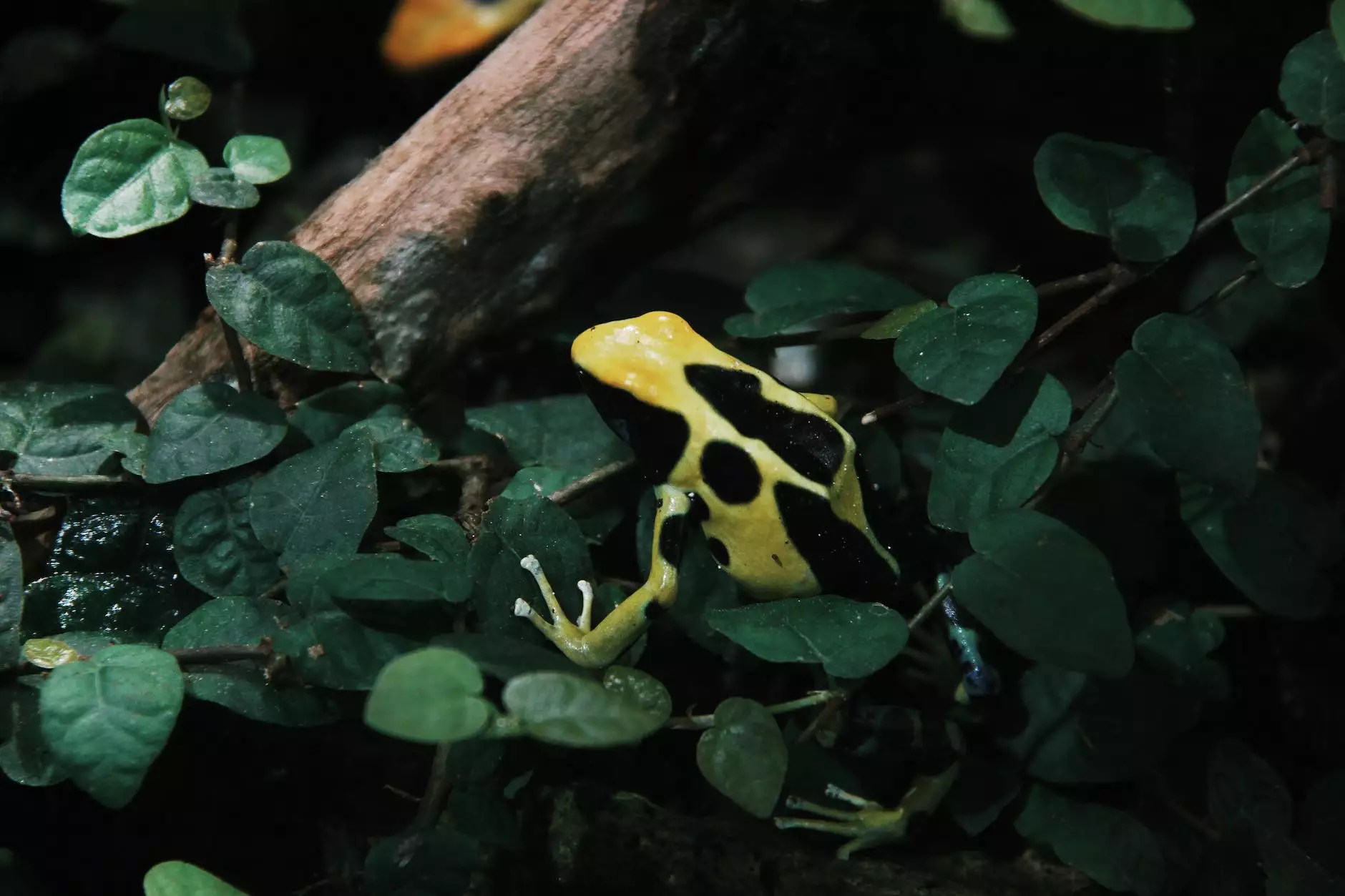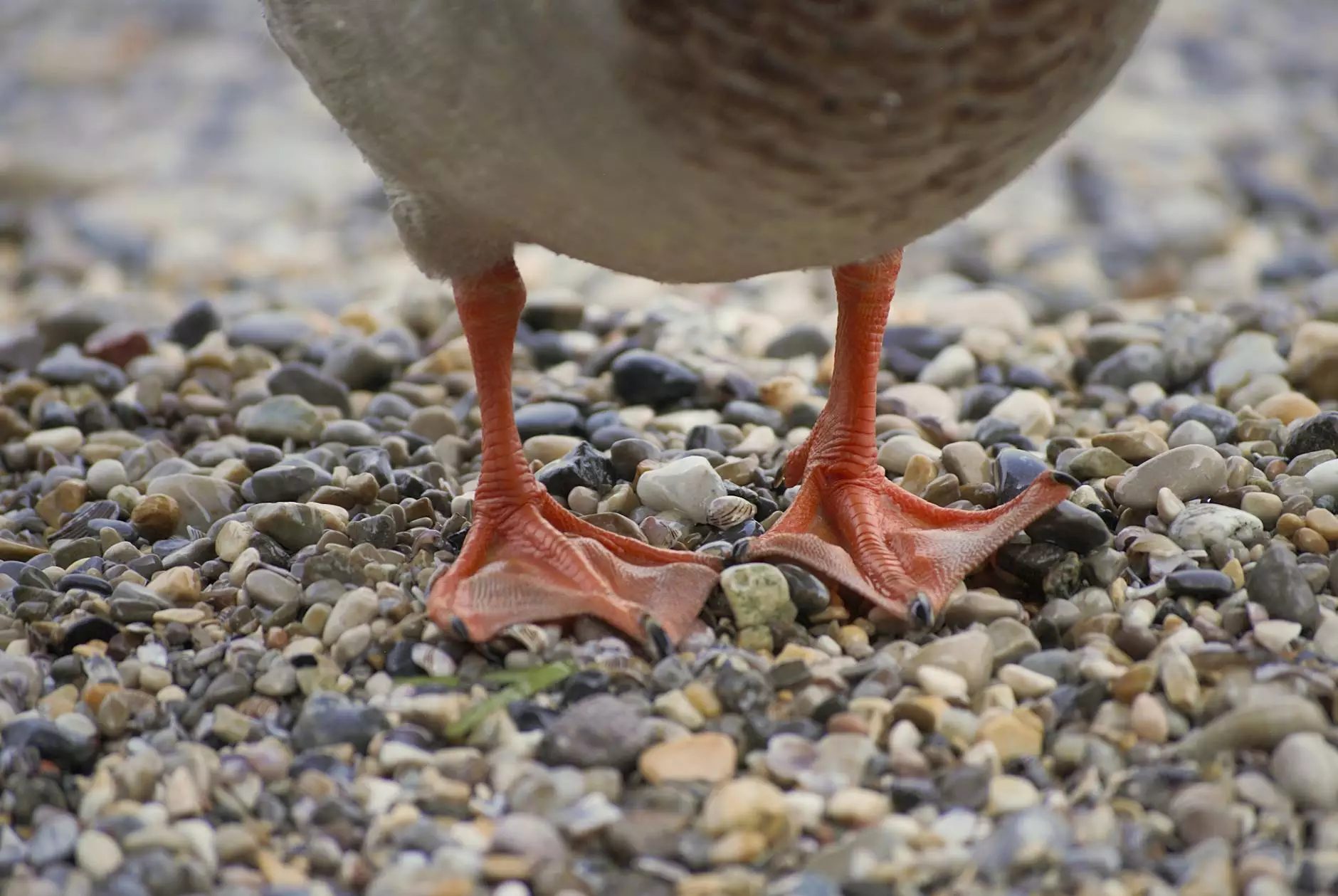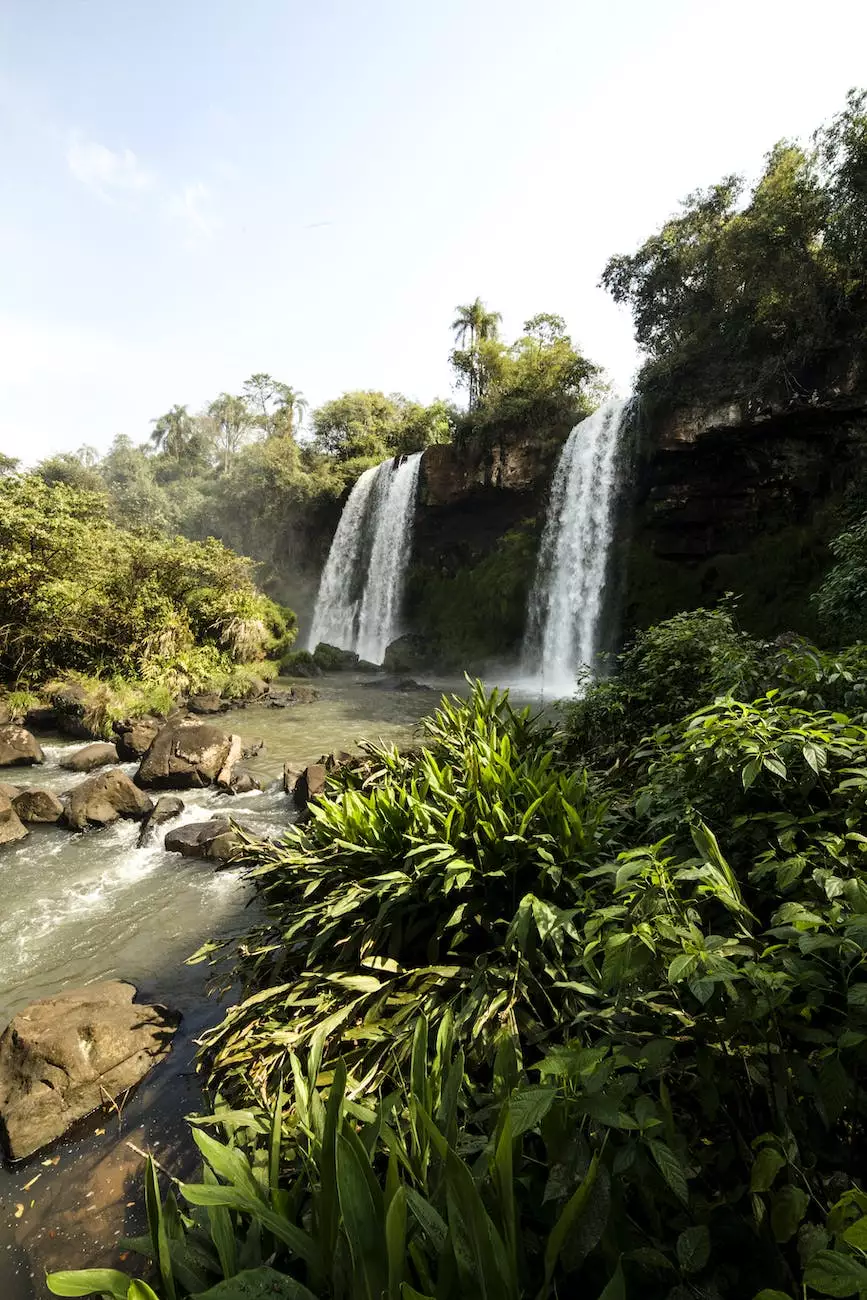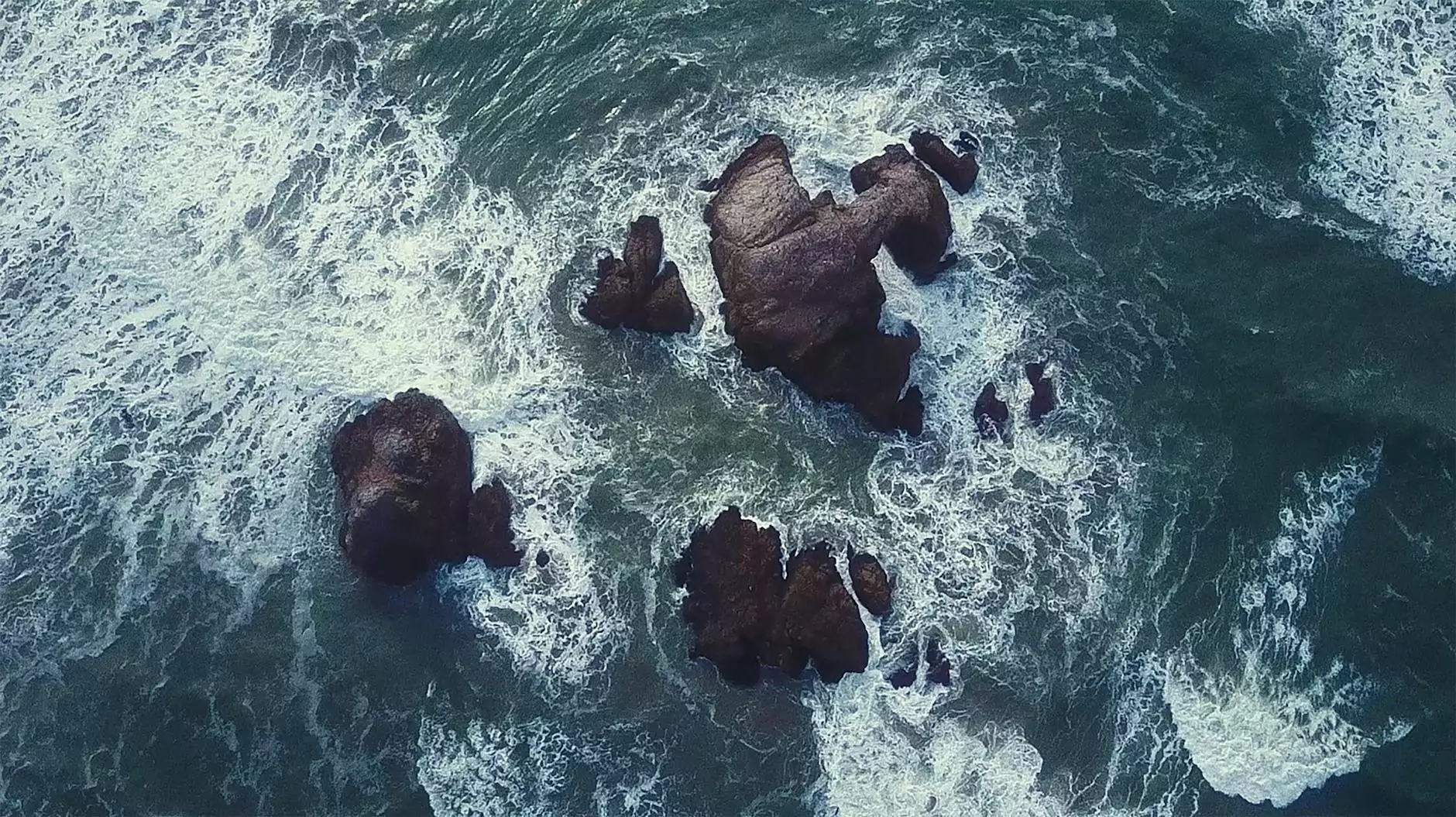13 Interesting Poison Dart Frog Facts

1. The Origins and Name
Poison dart frogs, scientifically known as Dendrobatidae, are a family of brightly colored amphibians originating from Central and South America. Known for their striking colors and toxic skin secretions, these frogs received their name from indigenous tribes, who used their toxic secretions to poison the tips of their blowgun darts.
2. Diverse Coloration
These remarkable creatures exhibit a wide array of vibrant colors, ranging from bright yellows and oranges to electric blues and reds. The intense hues act as a visual warning sign to predators, indicating their toxicity, as the frogs acquire their toxicity from their diet in the wild.
3. Toxic Secretions
Poison dart frogs possess a potent chemical defense mechanism in their skin secretions, which contains alkaloid toxins such as batrachotoxin, pumiliotoxins, and dendrobatotoxins. These toxins are produced by consuming certain insects and invertebrates in their natural habitat. However, in captivity, where they are not exposed to the same diet, poison dart frogs lose their toxicity.
4. Small But Deadly
Measuring just about 1 to 6 centimeters in length, poison dart frogs are relatively small creatures. Nonetheless, their toxic secretions are incredibly lethal. Different species vary in toxicity levels, with some capable of causing paralysis or even death to potential predators.
5. Distribution and Habitat
These stunning frogs can be found inhabiting the rainforests of Central and South America, including countries like Colombia, Ecuador, Peru, and Brazil. They prefer moist environments, such as leaf litter, rotting logs, and other terrestrial habitats. Some species even inhabit the treetops and lay their eggs in the bromeliad plants found growing there.
6. Parental Care
Unlike many other amphibians, poison dart frogs exhibit exceptional parental care. Male frogs are responsible for creating elaborate nesting sites, usually on the forest floor, in which the female lays her eggs. The male then guards the eggs and keeps them moist until they hatch, at which point he carries the tadpoles on his back to water-filled cavities, such as tree holes or pools.
7. Diet and Feeding
Primarily insectivores, poison dart frogs feed on a varied diet consisting of small invertebrates like ants, beetles, termites, spiders, and mites. They use their long sticky tongues to catch their prey swiftly. The alkaloids found in their diet are accumulated in their skin, enhancing their toxicity.
8. Mimicry and Warning Colors
Some poison dart frog species exhibit a remarkable form of mimicry known as "Batesian mimicry." They imitate the coloration of other highly toxic frogs in their range, benefiting from the mistaken identity of predators. This deceptive mimicry helps protect them from potential threats.
9. Cultural Significance
Poison dart frogs hold great cultural significance among indigenous tribes of Central and South America. For centuries, indigenous tribes have used the toxic secretions of these frogs for various purposes, such as hunting, warfare, and even medicinal rituals.
10. Conservation Efforts
Due to habitat loss, climate change, and illegal wildlife trade, many poison dart frog species face threats in the wild. Several organizations and conservation initiatives, such as Aventuras Naturales, are actively working to protect and preserve these unique amphibians and their fragile ecosystems.
11. Species Diversity
There are around 200 recognized species of poison dart frogs, each exhibiting its unique coloration, behavior, and toxicity levels. Some popular species include the golden poison frog, blue poison dart frog, strawberry poison dart frog, and green and black poison dart frog.
12. Myth and Legend
Poison dart frogs have captured the imagination of people for centuries. Numerous myths and legends surround these colorful creatures, often portraying them as symbols of fertility, transformation, and even supernatural powers.
13. Relevance to Ecotourism
Poison dart frogs play a significant role in ecotourism, attracting nature enthusiasts from around the globe. Responsible eco-travel and guided tours, such as those offered by Aventuras Naturales, provide individuals with the opportunity to witness these captivating creatures and learn about their intricate biology and ecological importance firsthand.
Immerse yourself in the captivating world of poison dart frogs and join Aventuras Naturales on an exciting journey to explore and appreciate the beauty of these unique amphibians!










